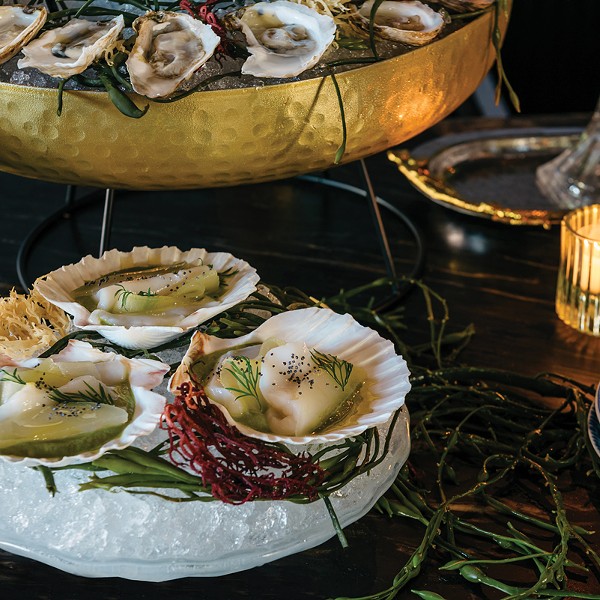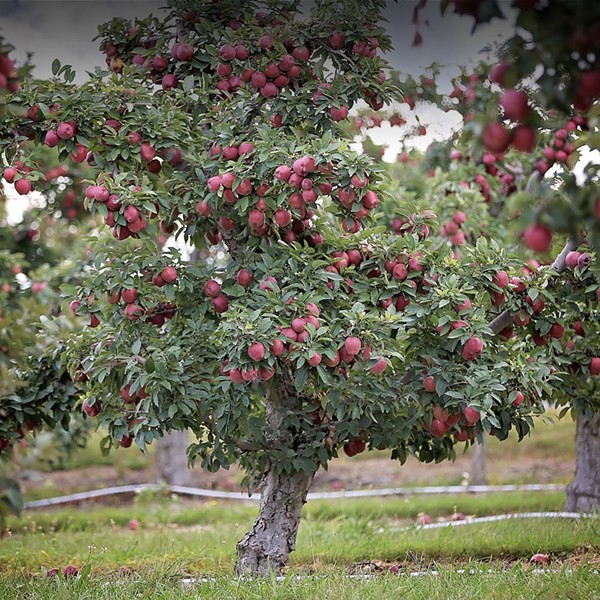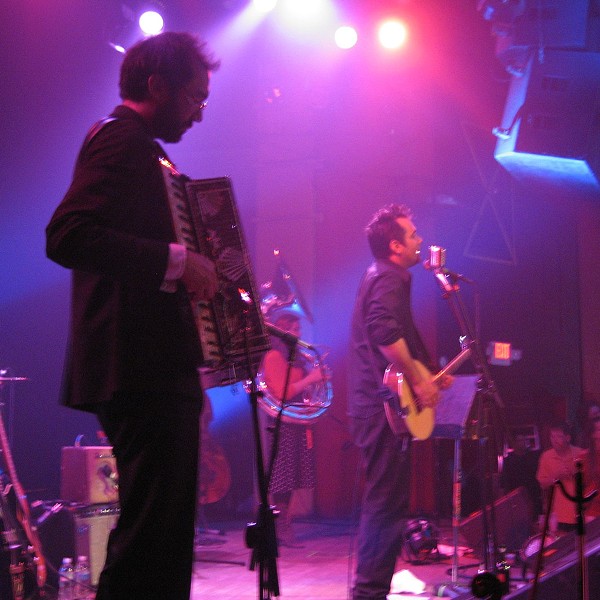Imagine yourself in Colonial America. You’ve risen before the sun to start a fire, milk the cows, and tend the fields. As light filters into the morning sky, you sit down to a breakfast of porridge and hard cider. You look out the window....
Wait. Hard cider? As in alcoholic cider? As it turns out, hard cider, a traditional beverage passed on from centuries’ worth of English ancestors, was taken with every meal, including breakfast, in the earliest days of the colonies. During this period, sometimes referred to as the “cider age,” due to the abundance and low cost of the drink, the thought of drinking something else, like water, was considered positively uncivilized (not to mention unhealthy, as contaminated water was a common problem).
Hard cider has been made in Europe from the beginning of recorded history, and probably even earlier. It’s no wonder that the fermented juice of the common apple has long been a popular drink throughout England, France, and Spain, or that it has begotten the ubiquitous “cider pubs” of the British Isles, where you can partake of traditional tavern food and dozens of ciders. Or that, by some accounts, when the revolutionaries of 1773 New England spied three English ships anchored in Boston Harbor and discovered tea and hard cider among the cargo, they instinctively knew which beverage to toss overboard in protest of import taxes, and which to savor with dinner.
Despite being one of the oldest drinks in the world, hard cider has changed little over the centuries. Whereas apple juice is pasteurized, clarified, and heat-stabilized for long shelf life, cider is, in the words of John Vittore, co-owner of Hilltop Orchards in Richmond, Massachusetts, “the juice from apples with nothing added and nothing taken away.” It is made by grinding apples into a “must” and then fermenting it, generally for about six weeks. The juice is pressed out and aged in oak for several months. During the process, the naturally occurring sugars are converted to alcohol, around six percent.
Thus hard cider, like the fermented juice of any fruit, is technically classified as a wine (though the alcohol content of grape wine is higher, about 12 percent). A recent study in the Journal of the Science of Food and Agriculture found that cider contains up to four times more polyphenols, a group of antioxidant plant compounds, than apple juice, making it a healthier alternative to juice or that other revered brew, beer.
Vittore has been making alcoholic cider at Hilltop Orchards with his sister, Julie, for 25 years, and sells their wares today under the label Johnny Mash Hard Cider. “We wanted to make an American hard cider,” he explains. “A lot of companies try to make a French-style cider. Other companies have started to plant English varieties of apples. We use native varieties like Macintosh and Northern Spy. Johnny Mash tastes different from European ciders because of the apples we use, and because we age it in American oak from Missouri, but it’s made in almost the same way.”
Hard cider is similar in its fruitiness to sweet cider, but has the grown-up kick of alcohol to temper the sweetness. French-style cidres tend to be drier, with a toasted-vanilla flavor imparted by the type of oak used in aging. In general, American brands are crisper, with a lingering finish, though they can also vary from very sweet to dry, and from dark and cloudy in appearance to light golden. Johnny Mash, for example, is a dry, sparkling cider with a medium color, natural sweetness, and lack of astringency that makes it friendlier to the palate than many wines. Johnny Mash is so highly regarded that it’s now served on tap at Berkshire fine-dining restaurants Firefly (Lenox), the Red Lion Inn (Stockbridge), and Chez Nous (Lee), as well as at traditional Welsh tavern Peint O Gwrw in Chatham, New York.
Sue Miller, owner of Goold Orchards in Castleton, New York, and maker, with husband Ed, of Brookview Station Whistle Stop apple wine, comments, “Cider and apple wine are both very versatile. Hard cider tastes more like sweet or fresh cider; apple wine [which differs from hard cider in its production—sugar is added to the apple must to produce a higher alcohol content] is almost like a young Chardonnay or a Sauvignon Blanc. I’m a red wine drinker, and I’m really surprised by how much I like the apple wine. It’s perfect for people who don’t like overly dry or astringent wines.” Perhaps these favorable associations are what led Whistle Stop to be named the Best of the Hudson Valley, over numerous grape wines, in the Hudson Valley Wine and Grape Association’s 2007 tasting contest.
















